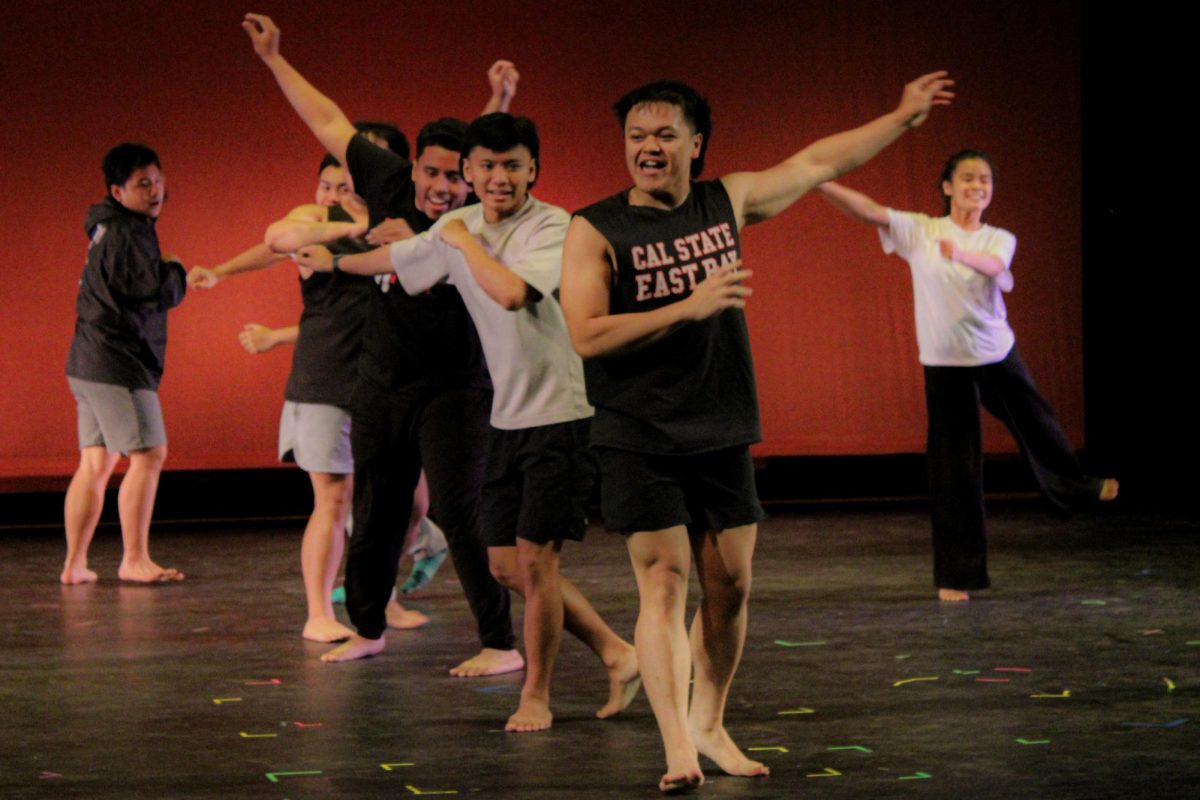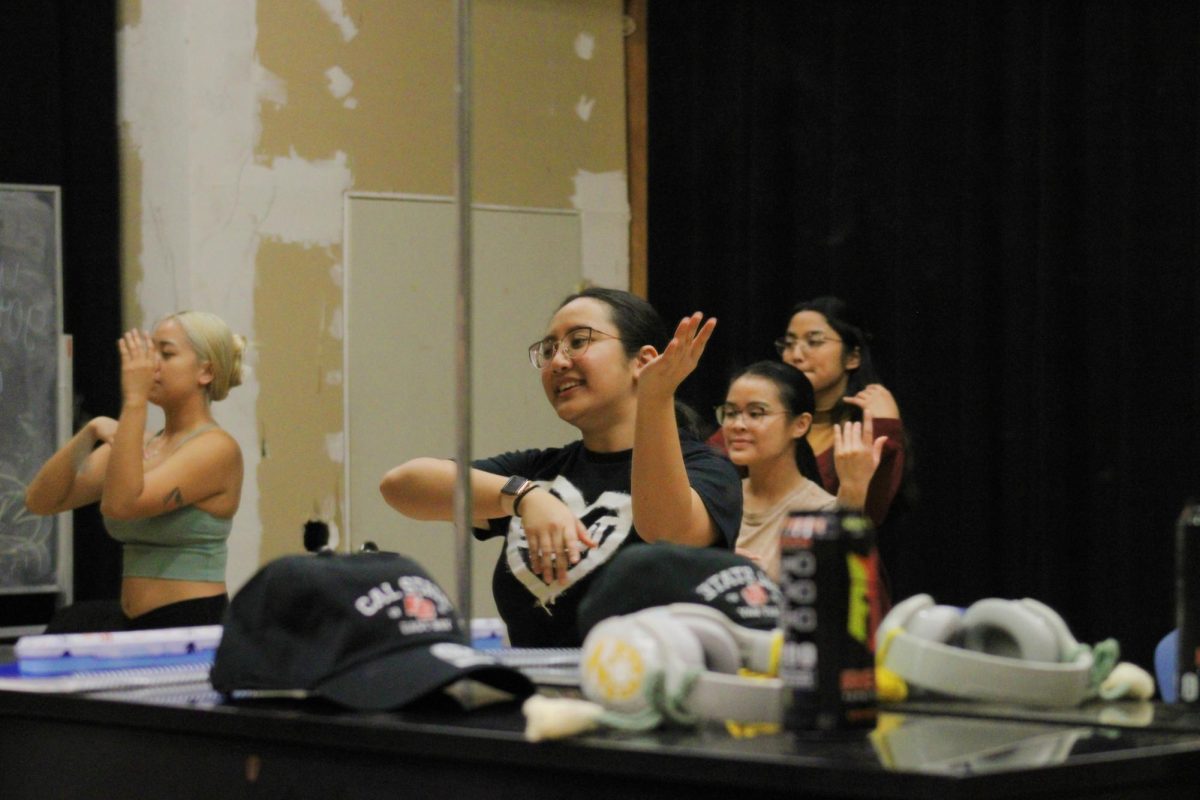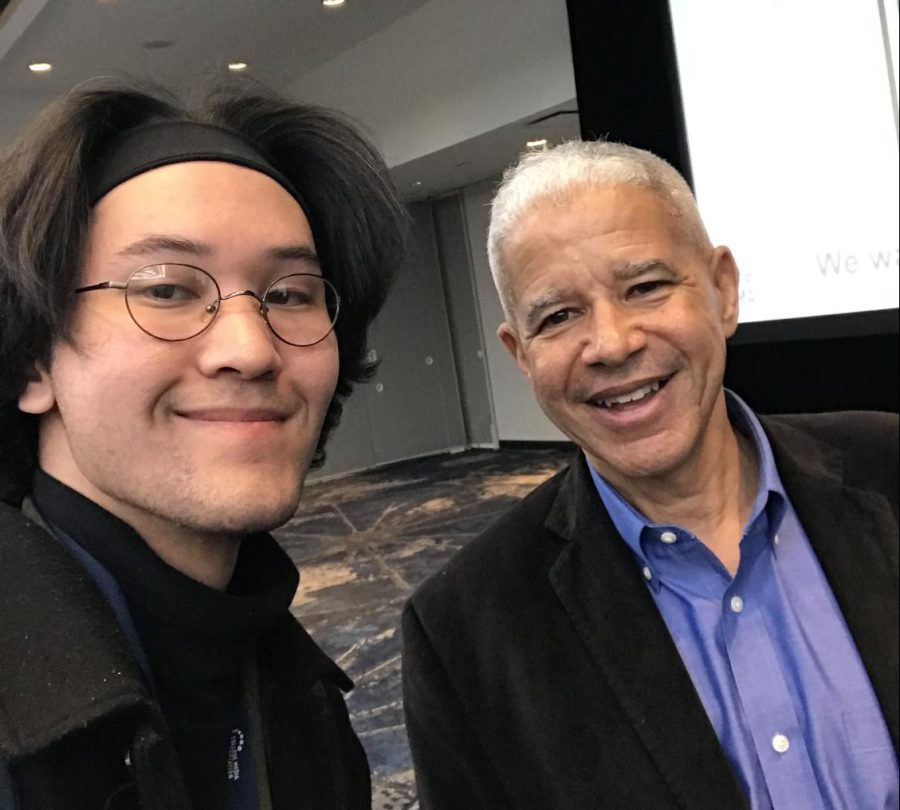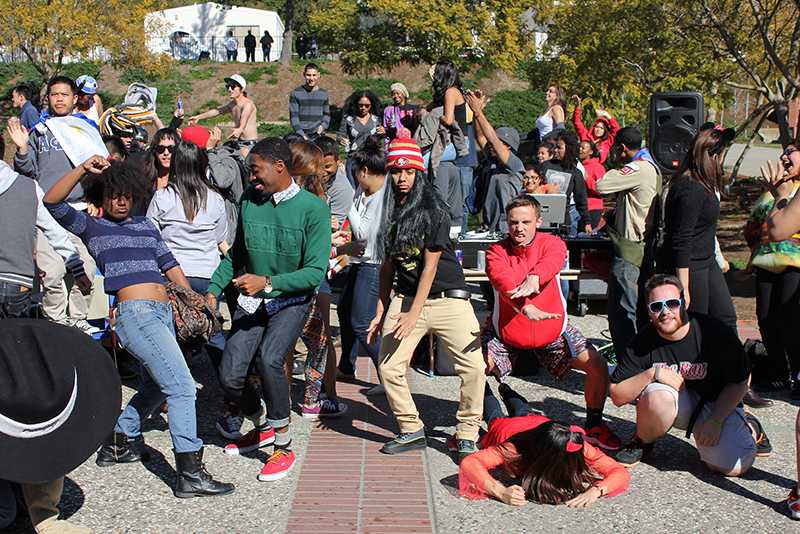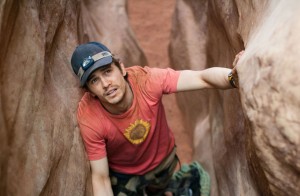
“127 Hours” is an unbelievably thrilling adventure through hallucinogenic premonitions and warped realities.
It’s the story based on the book written by Aaron Ralston, the man who, in 2003, became famous after he had to cut off his own arm to escape a boulder that trapped him in a canyon.
To think a film could be so powerful and mesmerizing while stuck in one location for 90 percent of the story seems ridiculous. James Franco, in what is by far his best role, plays Aaron Ralston.
Franco has been made famous by such roles as Harry Osborne in the “Spiderman” trilogy and the hippie-stoner Saul Silver in “Pineapple Express.”
“127 Hours” is re-living Aaron Ralston’s tormenting experience, and all the while, it is enlightening. For the first part of the film, we are introduced to the thrill-seeking Ralston, who leaves to go canyoneering in Moab, Utah by himself, without telling anyone of his destination. His “hard-hero” act, as Ralston calls it, caught him in a life threatening, five-day horror.
The music is a perfect opener, a raw industrial mix that seethes with danger. The camera work is gritty and dirty, with constant split screen. Danny Boyle, director of “Slumdog Millionaire,” brings the same grit he brought to India’s streets to Ralston’s near-death experience.
We see crowded streets and other images of civilization.
It’s a foretelling of the loneliness Aaron Ralston will soon experience when he is absent from such a world. When Ralston is stuck in the canyon, Boyle makes sure the viewer witnesses the vast landscape of nothing but canyon and dirt. It’s a terrible intensity.
What the viewer will feel throughout the film is the acuteness of the cinematography, the music and Ralston’s personality. Ralston rides furiously across canyon landscapes and when he crashes, he merely smiles before he gets back up.
When he meets two cute women hiking the canyons, he offers himself as a guide to where they need to go. Instead, he takes them through a short cut, squeezing between two narrow walls over a deep black void just before Ralston lets himself drop into the blackness.
But he is safe—a pool of fresh blue water is there to break the fall.
He’s an erratic, fun-loving and amusing character, who is undeniably interesting and the women know it.
That, though, is the only human interaction Ralston has before he meets the boulder.
Soon after departing, Ralston runs off into the canyons. While descending into a crevice, he uses a boulder as a handhold to lower himself. The boulder then slips, and Ralston falls to the bottom.
Just as he hits the bottom, the boulder traps his arm against the wall, crushing it. Ralston stares at what happened, shocked and in disbelief.
For the next five days, Ralston picks at the boulder with his Swiss army knife, uses his one bottle of water sparingly, and eats what little food he has. As dehydration and starvation become more burdening, he starts to hallucinate.
Just moments before he left the other hikers, they invited him to a party, noting a landmark to look for when arriving: a giant inflatable Scooby-Doo. Many times throughout his hallucinating experience, he sees an inflatable Scooby-Doo, as well as a fleeting imagining of himself being there at the party instead of stuck with the boulder.
Ralston escapes his demise with many fantasies like that, such as a storm coming to flood the canyon and carry the rock away. He also documents his ordeal on camera, using it as an testament to his fallible character, chronicling his apology to his mother and father.
As people know, Ralston cut his own arm off with a two-inch pocket blade to free himself. The movie chronicles his epiphany over amputation, the first attempted amputation and his premonition of his future son—by way of hallucination—before he actually does the deed. It’s a brutal process, and the film shows every bit of the gruesomeness procedure.
Ultimately, though, it is necessary to feel what Ralston did, or as much as we can. “127 Hours” is not about one man’s mistake getting caught in a canyon, and not just about his revelations as a result, but his undeniably marvelous will to live. It’s an inspirational story in the most unlikely of ways.
“127 Hours” is probably one of the best films of the year. It delves deep into the psyche of a man on the verge of death, who resorts to extraordinary measures to survive, who becomes so closely affiliated with the boulder that its existence becomes the focal point of his life. When his eventual surgery is over, the joy of life can be felt on a level that few others will ever experience on film.





